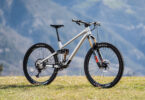Interview | Benoit Treluyer, the 24-hour Speed Freak
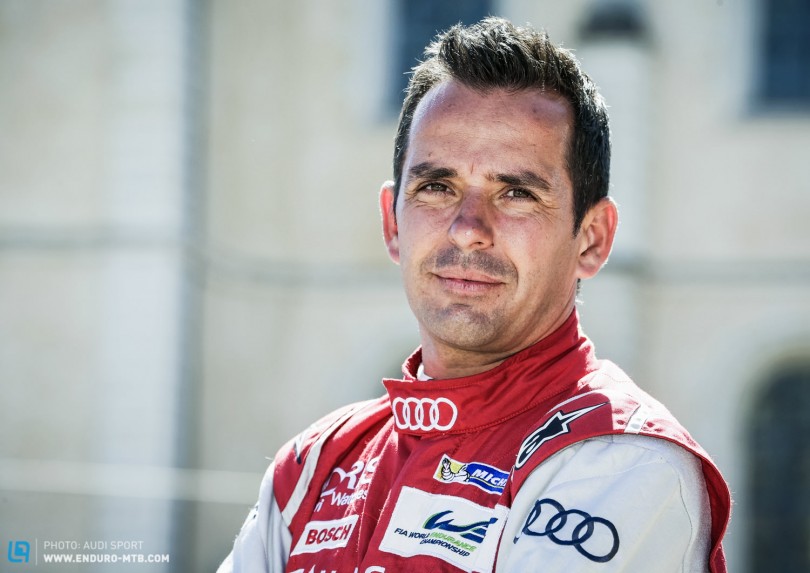
The light is falling and the air is heavy with the smell of burnt high-octane fuel. Time after time, exotic carbon fiber cars explode into view before screaming past at over 300 kph, lap after lap for 24 hours. This is Le Mans, and one of the toughest races in the sport. But what the hell has this got to do with biking? We catch up with three-time Le Mans Champion and SRAM brand ambassador Benoît Tréluyer to find out more.
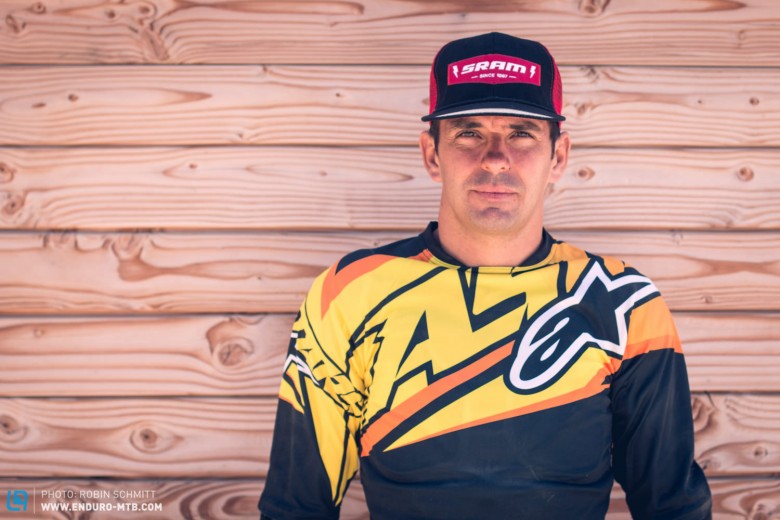
38-year-old French racing driver Benoit started his racing career in motocross, but after some bad crashes off-road, he chose to switch to karting, then full-on racing cars after that – allowing him to brake late without going in the hospital straight away. Most of his early career was spent in Europe before leaving for Japan to become a professional driver. When Benoit returned to Europe with Audi to race in Le Mans, it all fell into place: as part of the team, he collected five podiums, with three on the top step. The team won the World Championship in 2012, proving that they had a really quick car, dominating in one of the toughest races in motorsport. Impressive indeed, but what link does Benoit have to SRAM, and are there any links between the two sports that drive him to success?
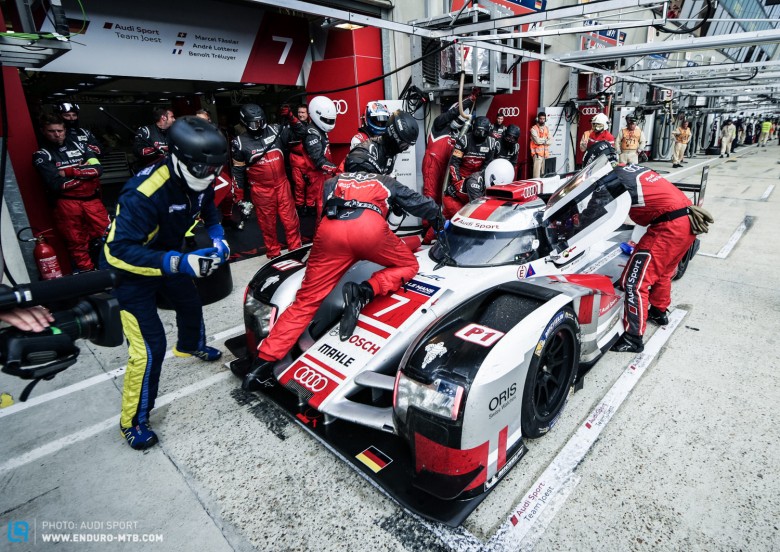
Hi Benoit, how did you get into mountain biking?
I started in BMX and, even though I moved onto motocross and then karting, I kept up with the BMX. I won some races and a championship, but it all changed when I started to enjoy mountain biking. I had spent a lot of time in the forest on the BMX, just riding trails on the small wheels. Then I moved to the south of France and fell in love with mountain biking when I realised what an improvement it was. When I was in Europe it was good training for me, because you need balance, anticipation and quick reactions – it was a lot of fun. I find it difficult to train in the gym because it’s so boring! I like to be out enjoying nature and having fun on the mountain bike. I also ride enduro motorbikes, but for fitness it’s much better to be on an enduro bike than an enduro motorbike.
Do you also race a little bit?
I do, but only once a year for the pump track racing in Les Deux Alpes. Last year I qualified and was in 16th but I was kicked out straight after that – but I was happy enough. I tried to do it again this year but, to be honest, I wasn’t quick enough and didn’t do so well, but I would love to do more. I went to Roc D’azur once but this year it clashes with a race in Japan. I’d like to have a go at downhill racing but I would not be allowed to because of the risk. When my motor racing career has finished then I might do some downhill races as a veteran. Right now I use mountain biking as a base for my training. Sometimes I also ride road bikes, but I have to say that I have lot more fun on mountain bike.
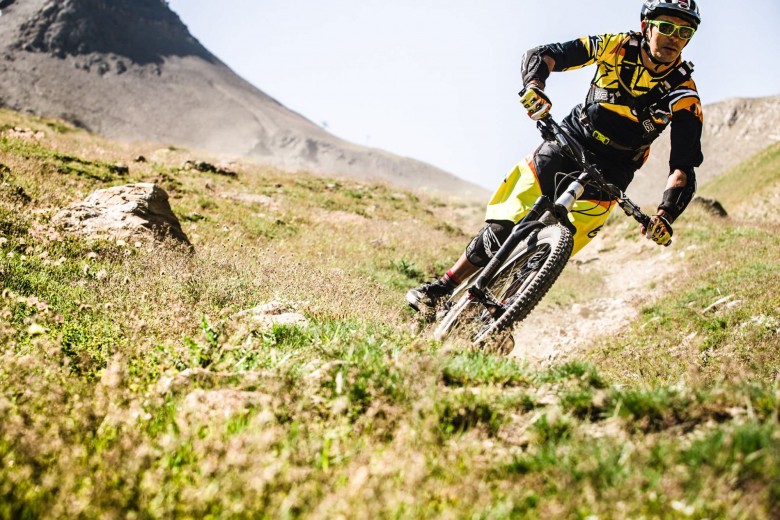
Cool. You were talking about reactions being trained on a mountain bike. But how does an average speed of 20 to 40 kph compare with 300 kph in the racecar?
Mountain bike trails tend to be very narrow. Of course a mountain bike is slower but, because it’s narrow, a lot more things are happening. You have stones everywhere and you have to react really quickly. I average about 250kph in the car so it feels like slow motion when I’m on the mountain bike, but I’m still taken by surprise sometimes. I’m used to looking very far ahead, which helps me for mountain biking. And the short reaction time in mountain biking is really important and helps me concentrate, and maintain that concentration, when I’m driving. You have to be constantly focused, especially in enduro or downhill. You need to look at which line you have to take within a fraction of a second, which is great training for me because when I’m in traffic I have to react extremely quickly to overtake slower cars and avoid an accident.
Balance is also very important in mountain biking, which is key to finding the balance and feeling grip so that you can drive on the edge most of the time.
Also, balance is very important in mountain biking, which is a bit different in racing cars but it’s still vital to find the balance and feel of the grip so that you can be on the edge most of the time.
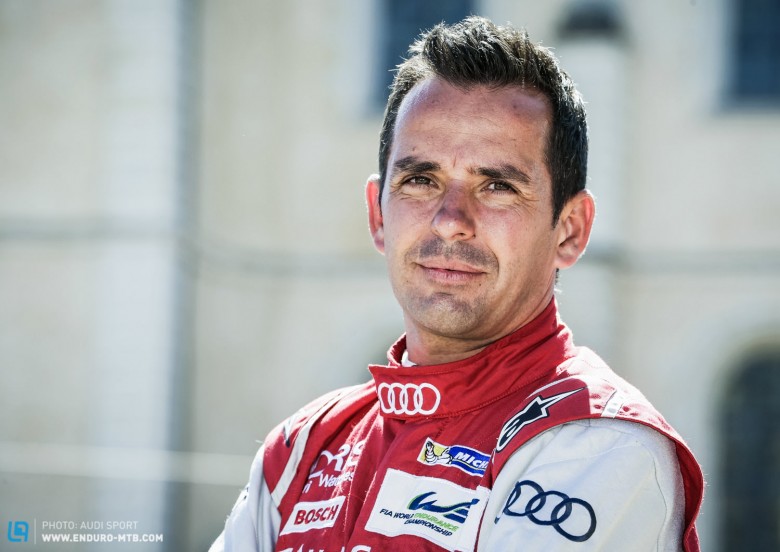
OK, when you compare the two, a mountain bike is pretty simple. Although we as the mountain bike journalists go deep into technical details of bikes, it’s hard to compare with a racing car, right? With all the electronics and analytical systems it looks like a very different game.
There are definitely some big differences. The most important things about a racing car is still the chassis, tyres, dampers and engine. Similarly, on mountain bikes you have dampers, tyres, a chassis (the frame) and the engine is you. We use a lot of electronics, especially now with the hybrid systems, but most of the telemetry and data we get on the computer you can get from a bike too.
Because we use a lot of the data for the dampers and torsional forces, it costs a lot of money. The advantage of racing cars is that you have big manufacturer behind you with a big budget, which is not the case in bikes. Financially, you cannot compare the bike industry with the car industry. I don’t know the margins, but the figures involves mean it’s not that easy – but it would be very interesting to use the same analysis. I am sure there are mountain bike teams that already have similar technology. As drivers we have engineers who support us so that when we give them feedback, we can work together to try and find a solution and improve for example the balance of the car. I’m pretty sure it would work in the same way for mountain biking, the difference being that we have a lot of engineers behind us, who spend a lot of time fixing details.
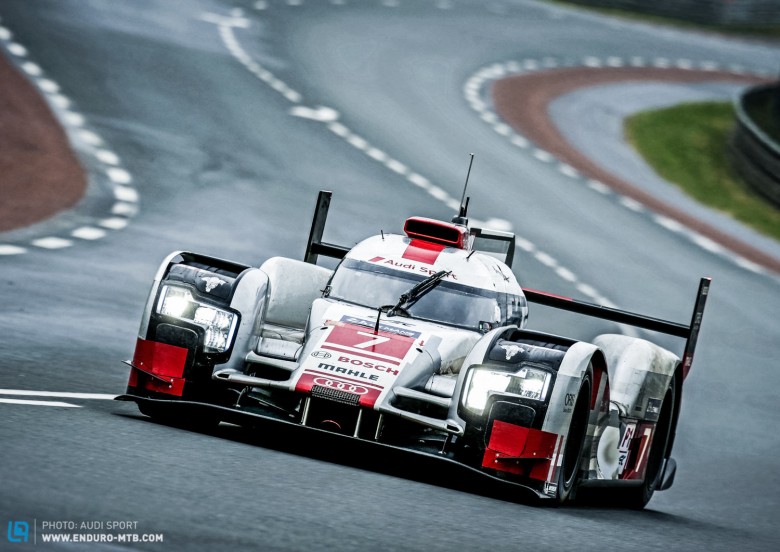
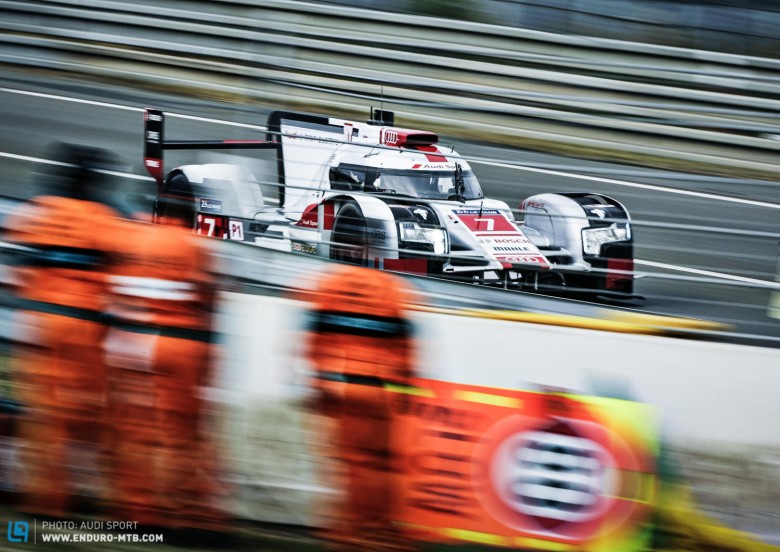
Roughly how many people are involved at Le Mans, for example?
In Le Mans we have three cars, and I think for the race week we have 120 people.
When you race, how much does the car do automatically and how much do you have to do yourself?
As a driver we still have to do a lot. The last year was really difficult, because of the regulation we had to control the fuel consumption and the tires. It’s endurance racing so we are not driving full throttle all the time, we still have to think, and that’s a big difference in endurance. You still have to adapt your driving style to the fuel consumption and tire wear, and maximize braking because now we have a hybrid system so we have energy recuperation. You have to be as quick as you can with this amount of energy, which is not the racing we knew in the past. Last year, for example, was really complex for the driver, to look at all these numbers and constantly change the setup. For example, on the steering wheel we have more than 160 functions , which is a nightmare for a race car driver who finished school early because he didn’t like to learn.
It was very important last year to improve the car in that respect, because it was too complex and we were not concentrated 100% on the driving. So we worked on some programs with the engineers to make the car easier to control, and we have guys who are working on simulations so even before we arrive at the circuit we are pretty close to what we should have in reality.
Most of the time now we jump in the car and refine just a few corners for the fuel consumption, and after that we can concentrate on setup for the dampers and the geometries of the car and aerodynamic balance, so it’s pretty cool now.
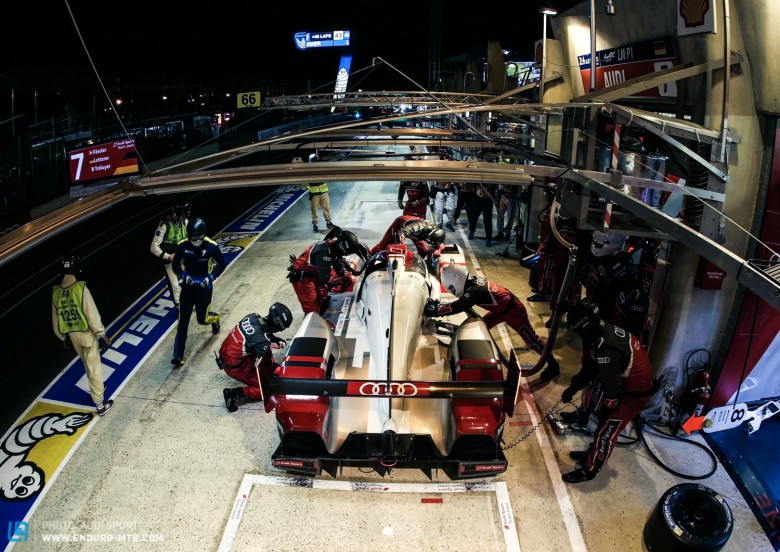
OK, so last year you had a lot of parameters to adjust during driving, but now you are working more with simulations, algorithms, whatever, to make it kind of automatic?
It’s kind of automatic and well prepared before racing. We are back like it was in the past, concentrating on the reality and what you feel in the car in terms of balance and grip.
So that also means the damping?
Exactly! For the balance, we work with the geometry and the damping, how you transfer the natural vertical and how the car reacts on the bumps and to load the tire to get the maximum grip.
OK. So what can you do to a car geometry-wise? In biking we always talk about wheel size, wheelbase, chainstay length and head angles – what do you change on the car?
For us, we work on the circuit and the last adjustments we make are the camber, the toe, and the caster. With the caster, most of the time we are not touching a lot, because it’s already fixed in the development.

The caster refers to the angle of the axle. What do you change there? And on the front or the rear axle?
On the front most of the time. It’s how the car is going to turn. So if you add more caster you can load the inside wheel more when you are turning, and when you return to straight it comes back to normal. The interesting thing is, most of the time we work on different sections of a circuit, as you have a quick section and a slow section. The slow section is more mechanical grip, as we call it. It’s with the dampers and all the geometry. The quick section is most of the time only the aerodynamics, because the car is locked on the dampers and because of how much load we have on the car we can go in the corners with 280 or 300 kph flatout, so it is pretty impressive when you are in these cars.
Wow, OK! And line choices? Is there one perfect line or do you also have different driving styles?
In quick corners you don’t have many choices, the way you do it is outside, inside, outside. But in slow corners and very tight corners you can have different lines, because you can anticipate the exit better if you are, for example, on a long straight. What we don’t have, for example, in downhill bikes or enduro riding is so much overtaking. This is a parameter we have in racing cars that we don’t have in mountain biking. That’s a very interesting thing, because you have to play with the others, so it’s like motocross. The pure thing I like on mountain biking is that you concentrate on yourself and what you are doing, and you have enough to do I think, with all the bumps and things. If you would have someone next to you to fight for the line, I think it would be too much.
We have different lines, but it’s not like in downhill, because in downhill you have all the rocks and trees and jumps, etc. I’m very impressed sometimes in downhill when they go through the rocks, big ones, and you see guys going completely on the left or on the right. I like to see that, I’m always very impressed. That was my bad point when I was in motocross, as I was always taking the same line and didn’t look if I could improve going inside or outside. And now when I’m riding a mountain bike, I always try to find a different line. And when I watch downhill races on TV, I’m really impressed with how they can choose different lines, so that’s really cool. That’s a thing I like.
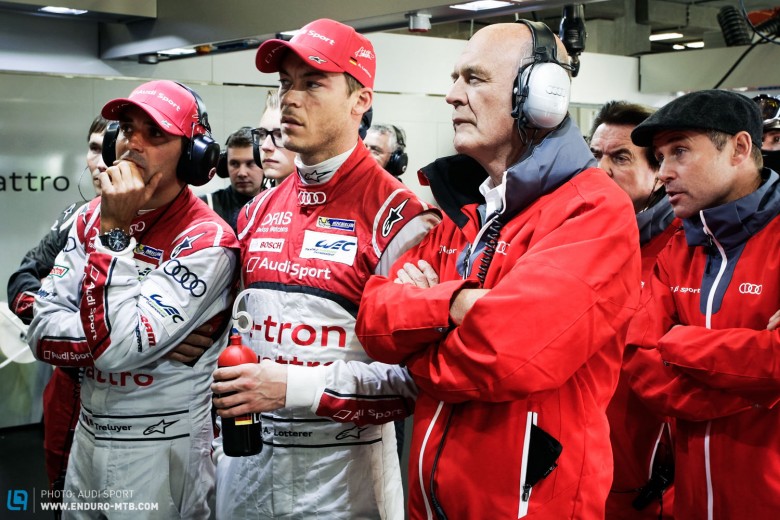
Another parameter is when the track condition changes, and then with all the systems it is too complex. It can be very difficult when there’s something happening which is not planned.
So for example in enduro races, you have a lot of different tracks and you have some sections with pedalling, some really rough sections, etc. Right now brands are addressing that with more electronics and making smart systems so you can either program your suspension or let it do the job automatically so that it locks on a flat section.
This we could do, but when we look at suspension innovation we already stopped pretty early because it was giving too much and it could go too far and be too dangerous in the end. But I think in mountain biking it could help the rider to not spend so much energy, and can help in terms of safety. I think it’s a very interesting to work in that direction in mountain biking.
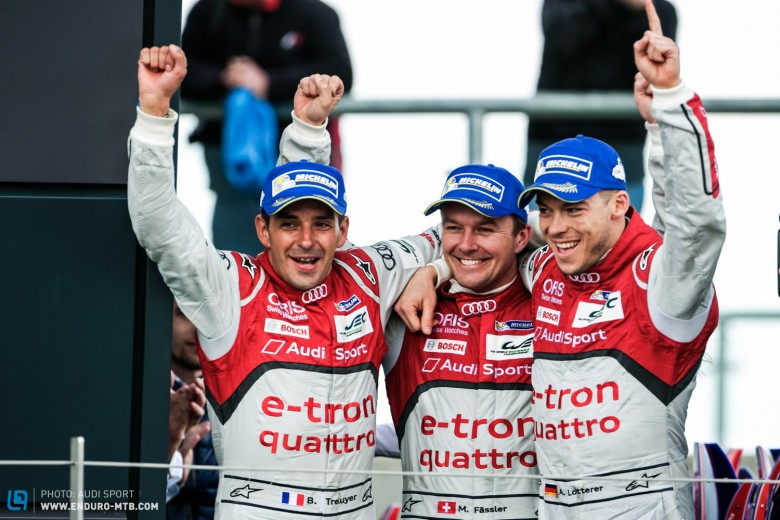
How do you estimate the risk of car racing?
I have to say it was really dangerous before, because when they were crashing it was a 50% chance that the guy would die. It was a very dangerous sport. So the FIA worked a lot on the safety and now it’s really safe. We still have big accidents, we have some friends who passed away in a crash two years ago, but most of the time the biggest accidents are in GT cars. Those cars are taken from standard and pumped up to be a racing car, but in our prototypes it’s a completely safe carbon cockpit. I have two mates who’ve had a big crashes at high speed. I had also one in Le Mans, a big one, but we are still here. So in prototypes it’s pretty safe, I have to say

Do you wear neck braces?
Yeah, we have something. If you have a big crash, we use a Head and Neck support (HANS) system which is that are fixed on your helmet and they absorb the energy so that it doesn’t break your neck. Because now, even though the monocoque is really safe you still have to help the body to absorb the energy when you stop from 300 kph to 0. They don’t need to be fixed completely, because your head would really hurt, we are not allowed to drive if we don’t have the HANS (Head and Neck Support) device. You need to have it.

How much can you move in the car?
We have a seat all around our body and are tied with the belts from the hips to the shoulders and only the arms, legs and the neck can move so we have very limited movement. You don’t have to be so athletic to be in the car, but to be in there for three and a half hours you need to be fit.
So after 3:30h what happens then?
You change driver. But that’s in Le Mans. In a World Endurance Championship race, which is a six-hour race and a very tight circuit, it is more demanding for the body. When you hit 4g in the corners, you can barely breathe. Your body doesn’t know how to breathe at 4g, so you need to breathe through the straights. And now with the power we have (between 800 and 1000 bhp), your breathing depends on how you manage the power. That is the most important thing to know – how to breathe.
How fast do you accelerate to 100?
Hmm, maybe 2.6 seconds. And it can be even less, so pretty fast! We have all-wheel drive and the engine behind us (most of the teams have a mid-engined car), as well as hybrid power at the front. So you have around 600hp on the rear and 300 on the front, depending on the car and hybrid category you choose.
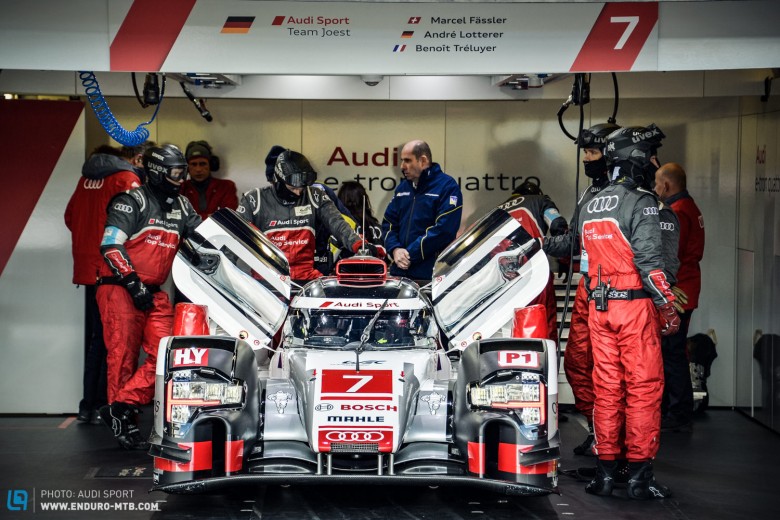
So before the hybrid it was only…?
Before it was only the rear, but the engine was more powerful. Now the regulations restrict the engine because it would be like 2000 or 3000hp if you let the guys go crazy. (Laughs).
So let’s talk about the race courses: are they really difficult to race or is it the speed that makes it difficult?
Not really. There are different circuits with different asphalt. For example, one track is partly made of concrete as it’s an old airport from the 40s or 50s, but there’s also a section that is quite new asphalt. Or a circuit like Abu Dhabi is really smooth and flat, but very sandy so you don’t have grip the tyres need a lot of work… they are all different. But it never really changes your limit in terms of how you drive. Every circuit has different characteristics, but it doesn’t change that much. The thing that makes the biggest difference is rain.
How much does rain affect a race and why?
Oh, rain has a huge impact on the race. We have to evacuate the water with wet tyres. And when there’s too much water on track it’s difficult to keep the temperature up in the tyre. In racing cars the temperature of the tyres is one of the most important things. If you don’t generate enough energy, you don’t get the right temperature in the tyres and you end up with no grip. And So you need to choose the right tyres. We have different tyres for different temperatures and conditions. On a race weekend, we might have two or three different types of tyres: slick tyres for the dry and two different types of wet tyres. It’s always tricky to choose the right tyres for the right time during a race. For example, Le Mans is a 24-hour race. You start the race in the afternoon in June, so it’s pretty hot. But during the night the temperature drops quite a lot so inevitably you have to change the type of tyre you use. But another consideration is that you have the same tyres for three to four hours. So if you take the evening stint, you might jump into a car at 9pm and will still be on the same tyres for a further three hours. But at midnight, the varying temperatures mean that it’s very tricky to stay on the track.
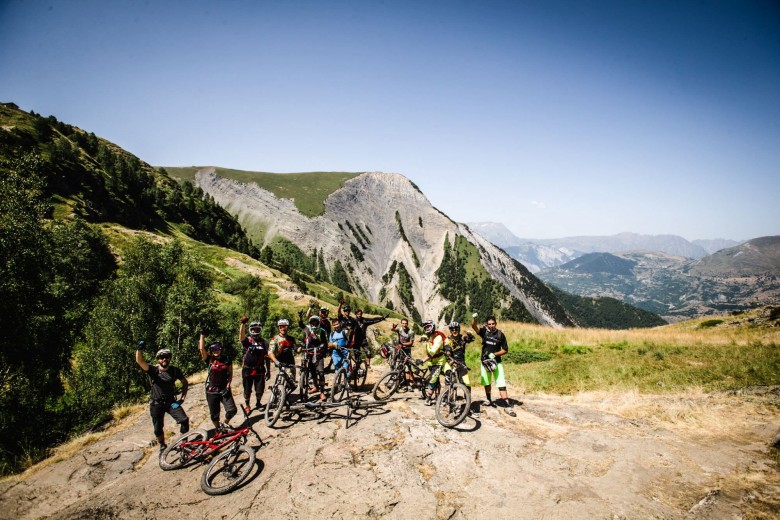
Let’s talk about the fact that you are sponsored by SRAM. How did that happen as a car racer?
It started when a friend of mine who was organising Crankworx in Les Deux Alpes introduced me to SRAM. I told them that I ride bikes and they started to help me, so I became an ambassador for SRAM. I like it. I come to ride with the guys here and always have the top technology on my bike, so I’m pretty proud of that. I like the SRAM brakes, and how they’re developed. Sometimes I give them feedback, using what I know about racing cars. It’s also interesting to talk to them about the RockShox damping and how it works, which can give me ideas for racing, too. It’s good to represent a brand like SRAM, who has performance in their blood.
For more info, visit: SRAM.com
Words: Benoit Truleyer & Robin Schmitt Photos:
Did you enjoy this article? If so, we would be stoked if you decide to support us with a monthly contribution. By becoming a supporter of ENDURO, you will help secure a sustainable future for high-quality mountain bike journalism. Click here to learn more.


